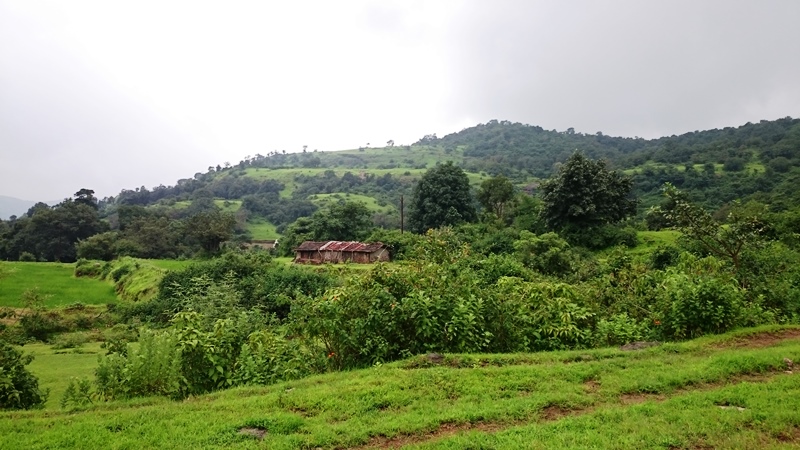Geetika
Latest posts by Geetika (see all)
- Ride The Tide: Kundalika River Rafting Experience - June 20, 2018
- Treks to Go for in May! - April 7, 2017
- Treks for Beginners – Our Pick - March 30, 2017
With the advent of the monsoon season, adventure travel in India somehow takes a back seat. No one wants to brave the torrential downpours, let alone go on an adventure expedition; at least not me. But as they say nothing is permanent, I too had to let go off this idea of mine. And this was only made possible by the continuous cajoling of my friends for a week! They wanted me to join a group along with them that was planning its first expedition in the Western Ghats or Sahyadris, right in the middle of the monsoon season. The thought of trekking through the deep forests of the Western Ghats in the rainy season, with every chance of encountering slithering snakes and other wild animals gave me a few scares, but then I decided to ditch my fears and go on this exciting adventurous trip. The expedition was planned in the second week of September. I did not know then, that the journey to the Mysterious Glowing Forests of Sahyadris will be a life changing experience!
Read on to find out how my adventure of trekking in the Western Ghats unfolded, and how I became a witness to one of the most incredible sights of nature!
The UNESCO-listed Western Ghats
Well, apart from being a UNESCO World Heritage Site, Western Ghats is acknowledged as one of the biodiversity hotspots in the world today. Considered among the richest rainforests in the world, it is home to an abundance of endemic flora and fauna. Sahyadris stretch up to 1600 km, starting from the state of Gujarat to the southern region of Kerala. This forested region along the west coast of the country is inhabited by a number of wild animals, including leopards, tigers, black panthers, wild Asian elephants and several species of snakes. More than 7440 species of flowering plants, 290 freshwater species and 6000 insect species are found in this region. It is also home to a number of man-made reservoirs and lakes. There are more than 40 peaks in the Western Ghats, with Anamudi (2695 m) in Kerala being the highest. Interestingly, about 39 properties, including national parks, reserve forests and wildlife sanctuaries, which are located in the Western Ghats have been acknowledged as UNESCO World Heritage sites.
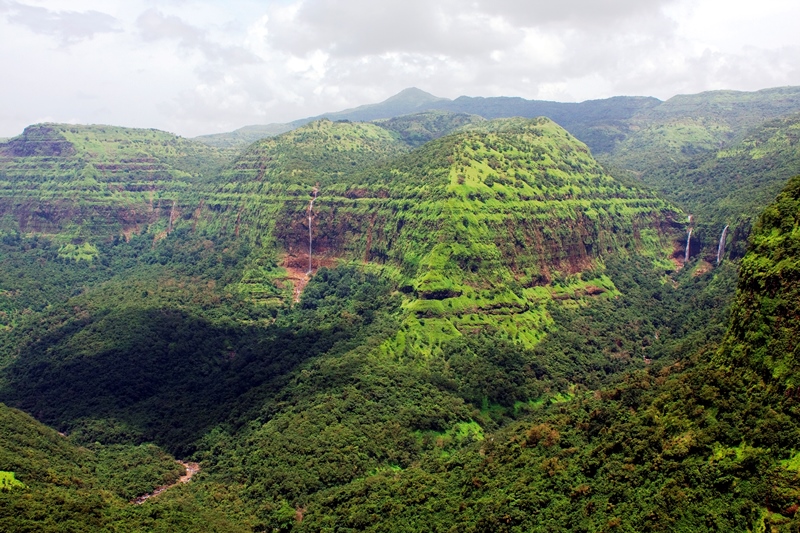
Mysterious Ways of Nature
Wondering what is so interesting about the Sahyadris in the monsoon that our group decided to come here for an expedition? Well, during monsoons, typically mid-June through October, some areas of these tropical forests (mostly in Maharashtra, Karnataka and Goa) give off a mysterious, eerie glow. This glow is caused by a fungus, which is bioluminescent in nature and grows on decaying bark and twigs on the forest surface. However, Sahyadris is not the only region where this phenomenon is restricted to. It occurs in many other parts of the globe, mostly in old growth forests in tropical and temperate climates, where the bioluminescent fungi thrive with the right mix of humidity and moisture.
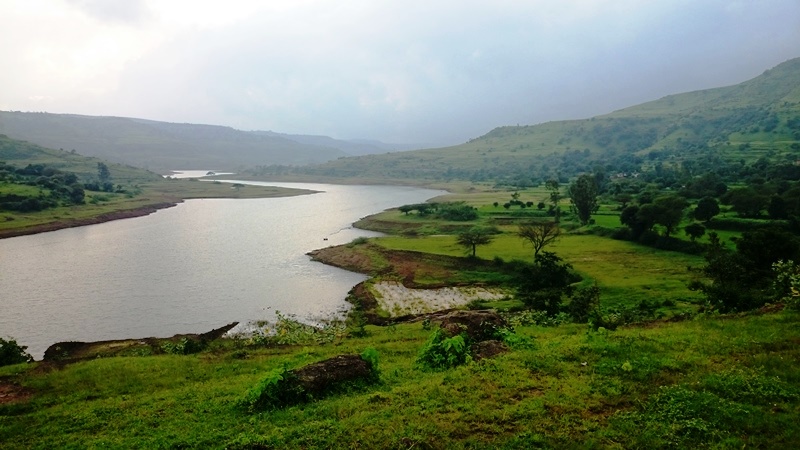
Into the Unknown Wild
Having researched well, the group was aware of the areas where these sightings had been reported before, and so it was somewhat easy for us to zero in on our destination – Chorla Ghat in Goa. To reach here, we took a train to Panjim. From Panjim, Chorla Ghat is approximately 2 hours away.
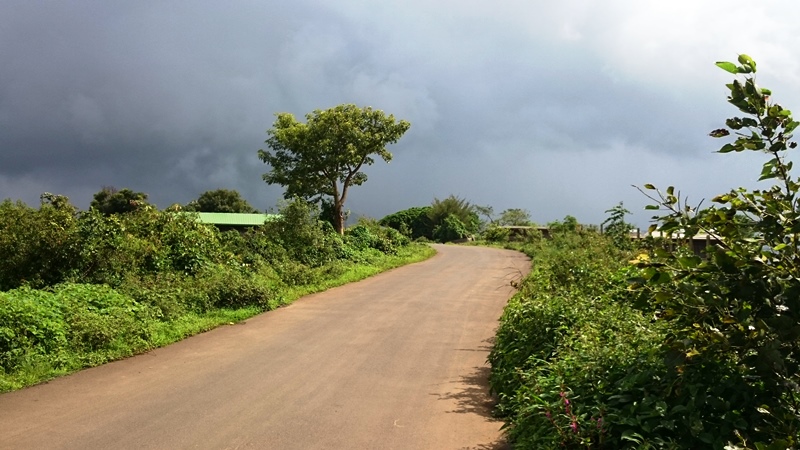
It was about 4 in the afternoon when we entered into the forest region, and honestly, the whole atmosphere seemed straight out of one of those dinosaur movies! As we moved along, the leaders of our group kept reminding us that we need to be quite careful with our steps so that unknowingly we do not harm the fragile environment. It had rained a bit, so it was important for us to be careful about where we land our foot. An hour or so later, it was almost dark and so came out our torches.
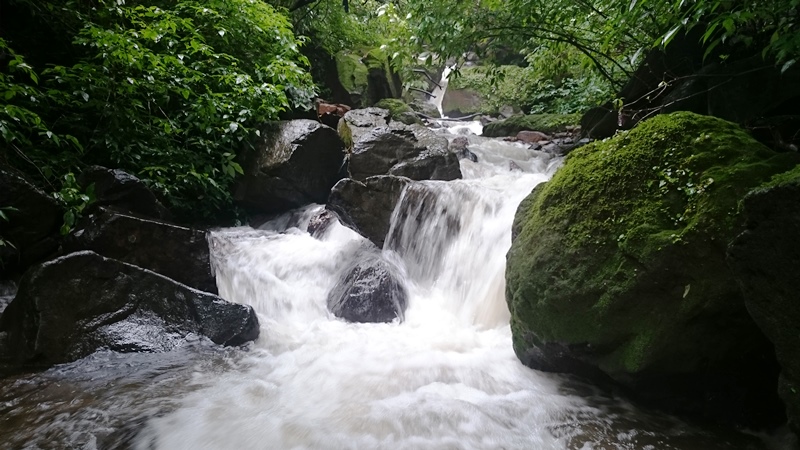
We knew that spotting the glowing phenomenon was not going to be easy, and so without any desperation, we kept walking through the forest, which by now was resonating with the sounds of crickets and other insects. Our group continued trekking, and it was about an hour or so later that one of us first saw a glow in the distance. At that instant, we all knew, we were close to witness one of the most uncommon phenomena ever known to man.
A Less-known Natural Phenomenon
Glowing marine organisms and bioluminescent waters are relatively common known phenomena, but terrestrial bioluminescence is less heard of, with only fireflies and glow worms being widely known. Therefore, something like bioluminescent fungi is relatively unknown and rarely documented. This is what makes this phenomenon in the Sahyadris so special. Today, only a few naturalists and interest groups are involved in studying this natural phenomenon, which may have existed since thousands of years and probably will outlive all of us.
What Causes the Bioluminescence?
Bioluminescent fungi forms on rotting woods on the surface of mainly tropical forests. The glow is attributed to a reaction between luciferin, which is a light-emitting compound present on decomposing bark and an oxidative enzyme called luciferase. And this occurrence is only possible during monsoons. There are certain forests in Australia, Southeast Asia and Brazil, where bioluminescent fungi phenomenon of this kind has been reported.
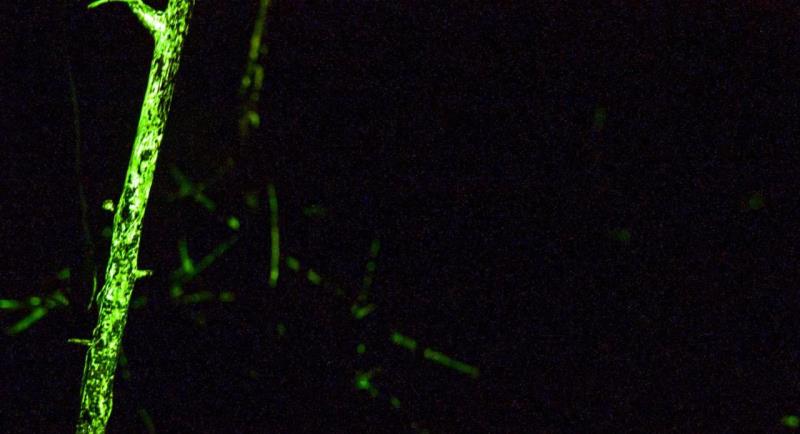
Sighting the Mysterious Glow of the Western Ghats
We slowly made our way to the exact spot, from where the glow was coming from, and when we reached there, we were all awestruck! It was too good to be real, but it was! All the tiredness of walking through the forest was gone in a matter of seconds. The cameras were out and the next few minutes were spent taking some fine pictures of these bioluminescent fungi, but we were careful not to make too much of noise to attract undue attention of the animals. Luckily, for us, it had rained a less on that day; otherwise, this whole expedition would have been even more hectic. After staying there for not more than half an hour, we all decided to trek back rather than setting a camp there; we felt it was too risky to do so. So, we began our journey back from the Chorla Ghat. We reached our accommodation in the wee hours of the morning, and all of us went to our beds. Next morning or rather afternoon, we looked at the photographs taken the previous night and honestly, they were breathtaking and surreal!
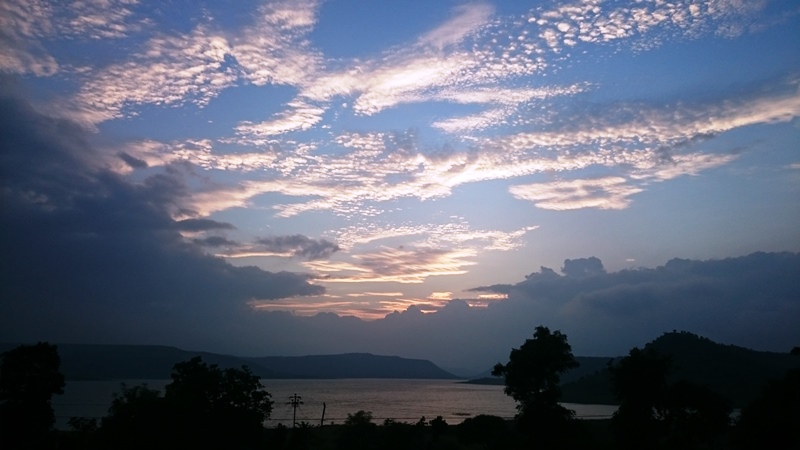
This is one of those adventurous experiences I regularly boast about, more so because it is something that most people haven’t done so yet. But I do hope, reading my experience compels you to think about it and may be even go for it, one day. And if you plan to do so, then remember the best time to witness the mysterious glowing forests of the Sahyadris is peak monsoon, between September and October. Though, do keep this thing in mind that visibility might not be as good as you expect, and that it is subject to the moisture content on the forest floor and the intensity of the monsoon. It is like spotting tiger in the forest, no one can guarantee of its sighting, but believe me it is definitely worth a try!
